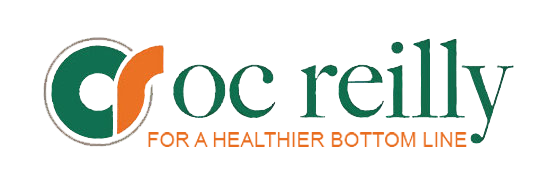OC Reilly Blog: The Pressurized Impact of Uncompensated Care
By Ed Moran, Director, Supply Chain, OC Reilly Inc.
(June 15, 2015)–Driving costs out of health care has stood at the center of the Affordable Care Act since legislators first put pen to paper in drafting the law, and that central objective continues to become more and more pronounced as the years advance since its enactment.
According to recent news reports, fewer hospitals in Western Pennsylvania lost money last year – a positive sign, and one most likely demonstrating that health care systems’ ability and willingness to operate more efficiently remains on the upswing.
The news also describes, however, how a state agency has issued a warning that the level of uncompensated care keeps increasing, which could bring additional pressure to already-tight operating margins for hospitals.
The Pennsylvania HealthCare Cost Containment Council said that uncompensated care – which also includes uncollected debt and charity care – at the state’s hospitals grew by 2.2 percent to $1.1 billion in 2014, and has more than doubled since 2001.
Obviously, hospitals and health care systems cannot sustain losses at this rate forever. Becoming the most cost-efficient organizations possible – while not sacrificing quality patient care – represents their greatest challenge. Yet this challenge must be met, if hospitals hope to survive, or be acquired by larger systems.
Such are the economic and operational realities of today’s health care environment. As we at OC Reilly continue to promote to all health care administrators, one of the easiest, most effective strategies available in this low-margin competitive landscape is active, knowledgeable, aggressive supply chain management.
When income becomes reduced – as higher patterns of uncompensated care are causing currently – the smart manager looks at lowering those costs that can be controlled. Having better, more advantageous contracts for the hundreds of goods and services a hospital requires can help lessen the pressure on margins, with minimal effort and a healthy return on the investment.
